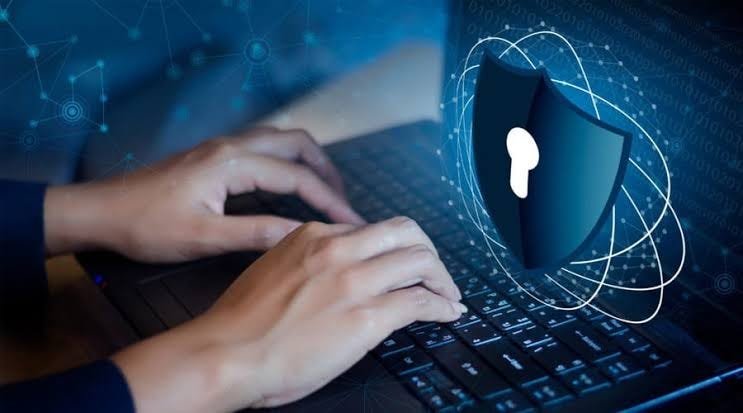In an era where our lives are increasingly connected to the digital world, cybersecurity has become a critical concern. From personal data breaches to sophisticated cyberattacks on corporations, the need to protect digital assets has never been more urgent. This guide explores the fundamentals of cybersecurity, common threats, and best practices to safeguard your digital life.
What is Cybersecurity?
Cybersecurity refers to the practice of protecting systems, networks, and data from cyber threats. It encompasses various strategies, technologies, and processes designed to defend against unauthorized access, data breaches, and attacks aimed at disrupting digital systems.
Common Cyber Threats
1. Malware
Malware, or malicious software, is designed to harm or exploit devices. Common types include:
- Viruses: Infect files and spread across systems.
- Ransomware: Encrypts data and demands payment for decryption.
- Spyware: Monitors user activities and collects sensitive information.
2. Phishing
Phishing involves fraudulent attempts to steal personal information by pretending to be a trustworthy entity, often via emails or fake websites.
3. Man-in-the-Middle (MitM) Attacks
In MitM attacks, cybercriminals intercept communications between two parties to steal data or inject malicious content.
4. Denial of Service (DoS) and Distributed Denial of Service (DDoS) Attacks
These attacks overwhelm a system or network with traffic, rendering it unavailable to legitimate users.
5. Password Attacks
Hackers use techniques like brute force or credential stuffing to guess and exploit weak passwords.
The Pillars of Cybersecurity
1. Confidentiality
Ensuring that sensitive information is accessible only to authorized individuals. Techniques include:
- Encryption: Protecting data by converting it into unreadable formats.
- Access Controls: Restricting access based on user roles and permissions.
2. Integrity
Maintaining the accuracy and reliability of data by preventing unauthorized alterations. Strategies include:
- Digital Signatures: Validating the authenticity of data.
- Checksums: Detecting data tampering during transmission.
3. Availability
Ensuring that data and systems are accessible when needed. Measures include:
- Redundancy: Backup systems to prevent downtime.
- Firewall Protection: Blocking unauthorized traffic.
Best Practices for Cybersecurity
1. Use Strong and Unique Passwords
- Avoid common phrases and use a mix of letters, numbers, and symbols.
- Use a password manager to generate and store complex passwords.
2. Enable Two-Factor Authentication (2FA)
Adding an extra layer of security ensures that even if a password is compromised, unauthorized access is prevented.
3. Keep Software Updated
Regular updates fix vulnerabilities and protect systems against the latest threats.
- Enable automatic updates for operating systems and applications.
- Use reputable antivirus software.
4. Be Cautious with Emails and Links
- Verify the sender’s identity before clicking links or downloading attachments.
- Avoid sharing sensitive information via email.
5. Secure Your Home Network
- Change default router passwords.
- Use WPA3 encryption for Wi-Fi.
- Set up a guest network for visitors.
6. Regularly Back Up Data
- Use cloud storage or external drives for backups.
- Schedule regular backups to protect against data loss.
7. Educate Yourself and Others
Awareness is key to preventing cyber threats. Stay informed about the latest trends and educate your family or colleagues on safe practices.
The Role of Governments and Organizations
1. Regulatory Compliance
Governments worldwide enforce cybersecurity regulations to protect citizens and businesses. Examples include:
- GDPR: Governs data protection in the European Union.
- CCPA: Protects consumer privacy in California.
2. Corporate Responsibility
Organizations invest in robust cybersecurity measures to protect customer data and maintain trust. This includes:
- Conducting regular security audits.
- Implementing incident response plans.
- Training employees on recognizing and mitigating threats.
Emerging Trends in Cybersecurity
1. Artificial Intelligence (AI) in Cybersecurity
AI-powered tools detect and respond to threats faster than traditional methods. They analyze patterns, identify anomalies, and mitigate risks proactively.
2. Zero Trust Security Model
The zero trust approach assumes that no user or device is automatically trusted, implementing strict identity verification and continuous monitoring.
3. Cybersecurity for IoT Devices
As Internet of Things (IoT) devices proliferate, securing these interconnected systems is critical to prevent vulnerabilities.
Conclusion
Cybersecurity is not just a technical necessity but a fundamental aspect of protecting our digital lives. By understanding common threats, adopting best practices, and staying informed about emerging trends, we can navigate the digital landscape securely and confidently.
